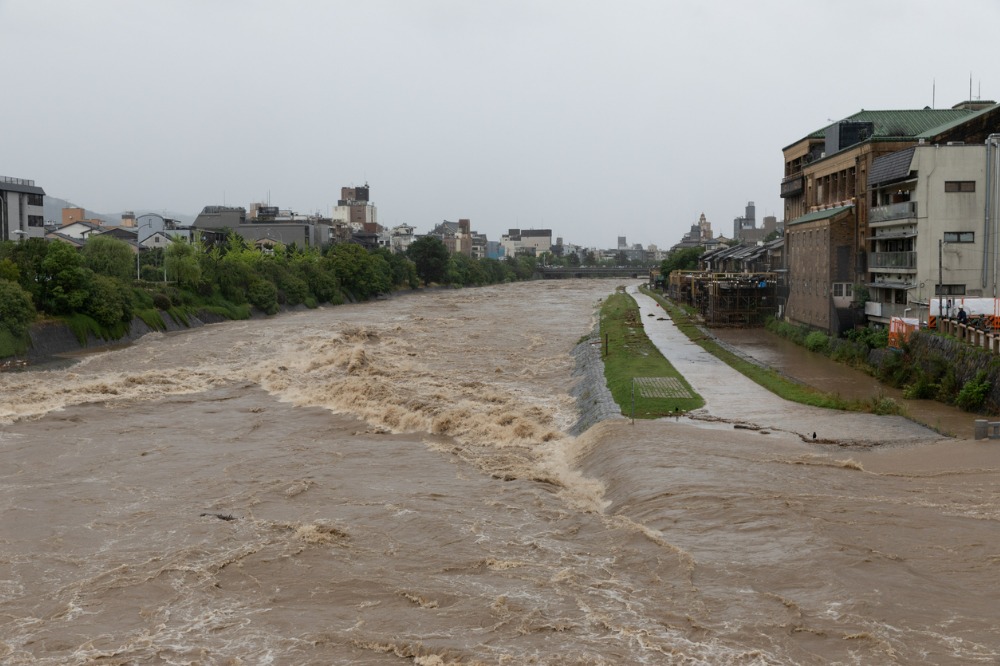IBC reveals how much severe weather cost Canada in insured damages

The most noteworthy severe weather events last year included Hurricane Fiona, the Ontario and Quebec derecho, the Eastern Canada late-winter storm, the Western Canada summer storms and the Eastern Canada bomb cyclone.
Citing data from CatIQ, IBC gave the following breakdown of last year’s $3.1 billion total insured damage:
Dates
Catastrophe event
Insured losses
February 17–19
Eastern Canada late-winter storm
$140 million
April 22–25
Manitoba and Northwestern Ontario flooding
$60 million
May 21
Ontario and Quebec derecho
$1 billion
June 16–17
Ontario and Quebec severe storms
$50 million
July–August
Western Canada summer storms
$300 million
September 23–24
Hurricane Fiona
$800 million
December 22–26
Eastern Canada bomb cyclone
$180 million
December 23–27
BC winter storm and king tide
$80 million
“There was an unprecedented number of catastrophes in 2022, including now two of the top 10 events in Canadian history,” said CatIQ president and CEO Laura Twidle in CatIQ’s release of the catastrophe data. “As our exposure and severe weather frequency increase, we all must come together to find unique solutions to mitigate the impacts to extreme events.”
“Canada is increasingly a riskier place to live, work and insure,” said IBC vice president of climate change and federal issues Craig Stewart.
Stewart added that this spring, the federal government needs to lead the way in finalizing a National Adaptation Strategy while funding community-level infrastructure and property-level retrofits that increase disaster resilience.
“In particular, we’re seeing early signs that property insurance may become less affordable or even unavailable as global reinsurers shift capacity away from riskier countries,” Stewart stated. “Now is the time for Canadian insurers and governments to partner on a National Flood Insurance Program to ensure Canadian homeowners remain financially resilient in the face of these growing number and severity of events.”
Storms and flooding are not the only disasters Canadians should be preparing for. In a recent interview, IBC vice president of Western and Pacific and BC Earthquake Alliance vice president Aaron Sutherland mentioned that “we can’t overlook the ongoing risk of a major earthquake – and we must prepare accordingly, both physically and financially.” The vice president also warned that BC is the most seismically active province in Canada.





